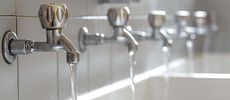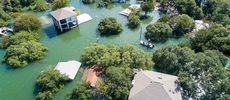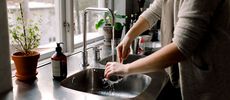Quality Assurance vs. Quality Control: What's the Difference?
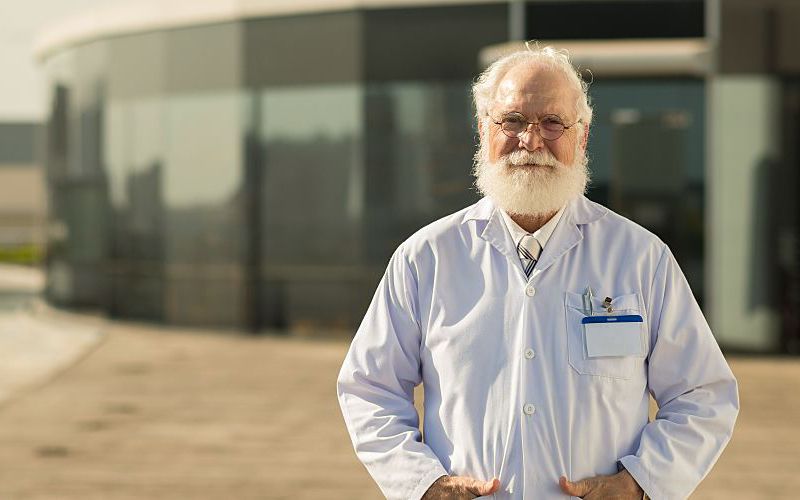
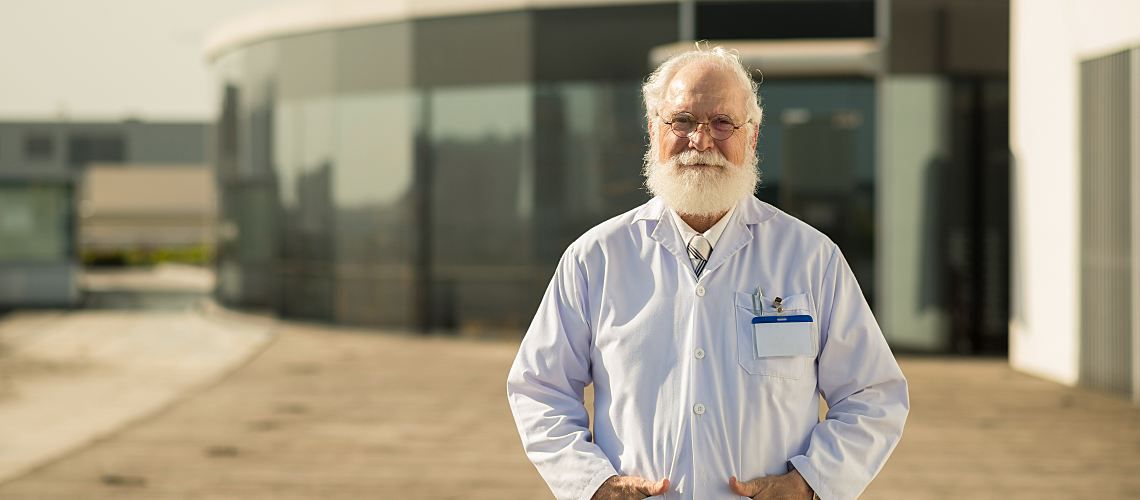
No matter the business, all processes and operations should be guided by two core principles: accuracy and safety. Implementing quality assurance (QA) and quality control (QC) practices ensures expectations and regulations are met across all parts of a business.
QA and QC efforts are especially crucial in water testing labs, since in these facilities, even the slightest oversight may trigger far-reaching effects in the community. While the two terms are often used interchangeably, there are important distinctions to keep in mind regarding their application and function. Additionally, QA and QC complement each other and are deployed simultaneously to ensure that the work your lab carries out is safe, accurate and replicable.
FREE Best practices guide: Interpret your water testing results with confidence
Quality Assurance: A Broader Plan for Meeting Standards
QA is a broad program or system used to ensure the work performed by a business meets the standards of its respective industry. In water testing labs, this plan includes specific procedures that ensure each individual process, be it a test for Legionella pneumophila or identifying harmful substances in well water, has the same outcome — no matter who performs the task.
The main purpose of these methods, which are set forth and calibrated by your team, is to prevent inconsistencies or errors. When preventative QA measures are followed, it allows your lab to deliver accurate results with confidence, time and time again.

Quality Control: Identifying and Addressing Issues
QC is a core subset within the larger QA plan that focuses on evaluating, inspecting, and auditing your lab's practices. QC often relies on the aid of an objective third party to properly assess these processes, but identifying and addressing quality issues in your operations should be built into your team's core responsibilities, as well.
Whether QC is performed internally or with the aid of a trusted outside party, the mission remains the same: to identify mistakes or problems as they happen so they can be prevented in the future. QC feeds back into the broader QA program, as responding to and fixing quality issues for good often involves adjusting your overarching processes and procedures.
Performing QA and QC in Water Testing Labs
To better distinguish the two practices, think of it this way: QA is a preventive practice that assures your lab's processes are designed to meet industry quality standards and that they are operating as intended; whereas QC is a reactive process that recognizes and solves for quality issues in your operations.
Your lab undoubtedly has QA measures in place, whether you call them that or not. Some examples of QA at work in the lab setting include:
- Double-checking bottle labels before starting each test.
- Regularly calibrating equipment and machines.
- Consistently and regularly documenting testing methods.
- Procuring personal and lab-wide certifications.
- Attending second- or third-party trainings related to your specific metrics and current testing protocols.
- Sterilizing equipment and preventing personal contamination through the distribution of gloves, hairnets, and lab coats.
Take a close look at your current QC methods and see if there's room for improvement. Consider implementing QC practices such as:
- Having a system in place where each data entry gets approved by two sets of eyes.
- Performing an internal audit in order to identify any areas in which to improve upon before a regularly scheduled external audit.
- Regularly evaluating standard procedures carried out by lab techs and interns.
- Running both a duplicate sample and a blank sample to compare test results.
Implementing quality monitoring systems in your lab ensures your team's work is accurate and allows you to confidently deliver quality data to your clients. Both QA and QC practices help your lab be proactive against error while ensuring a high level of consistency.
